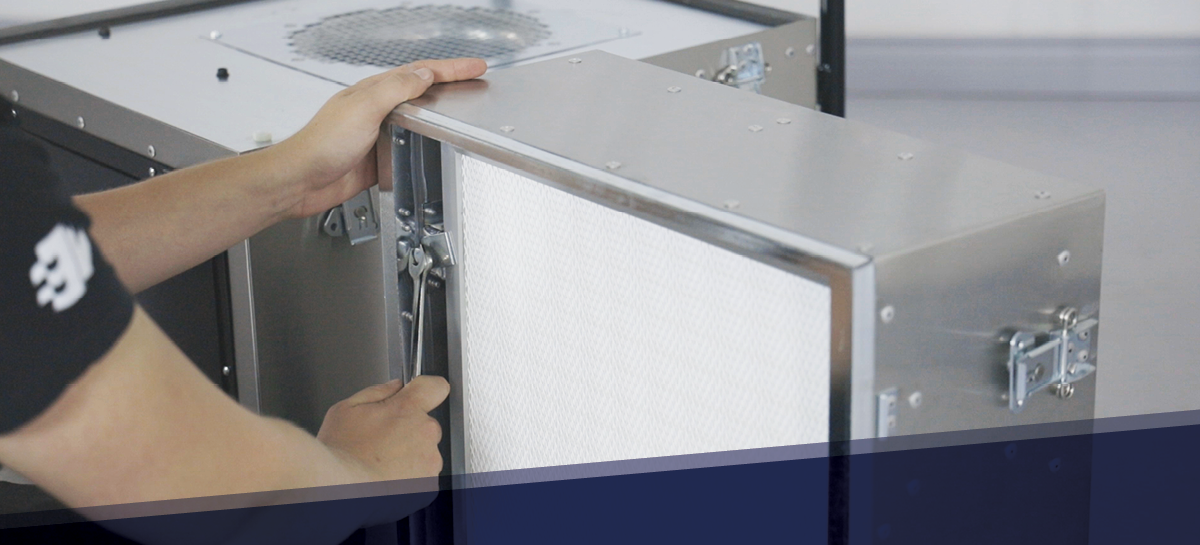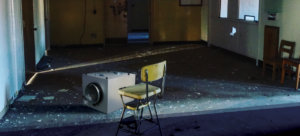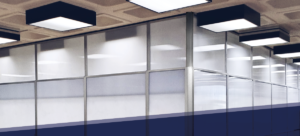The Secrets of Negative Pressure Containment
The average hospital lasts more than 40 years, and often as many as 100 years. If you've ever considered buying an old house, or seen others do it on TV, you know just how much renovation and maintenance they require. Now multiply the square footage by more than 10, and you can imagine how much renovation is consistently needed in hospitals not only to keep them going but to continually improve services and meet changing building requirements.
While renovation and maintenance projects may pose little more than an inconvenience to homeowners, they require special attention in healthcare facilities because of the danger that airborne particles, spores, and pathogens released into the air by construction pose to patients. In order to carry out essential construction and maintenance work without harming patients, construction zones must be sealed off from patients, and air must be filtered and diverted away from vulnerable patients.
To do this, facilities must perform Negative Pressure Containment.
What is Negative Pressure Containment?
By its very definition, a negative pressure room has more air exiting it then entering. There is less air inside the room compared to the other rooms, hence why it is negative. What this does is ensures that any airflow outside of the HEPA exhaust is flowing into the room to fill that vacuum. Because airflow can only flow in one direction through the cracks or designated makeup air locations, the contaminants cannot escape the room. Always check regulations when exhausting inside a healthcare facility as regulations can vary.
How to create Negative Pressure Containment
There are four key steps to creating negative pressure containment:
1. Construct a physical barrier around the area.
Product Tip: You can do this with Abatement Technologies' AIRE GUARDIAN® SHIELD
2. Seal off any HVAC Returns
Tip: This ensures that dirty air does not escape into the rest of the building.
3. Filter air in the sealed room with a portable air scrubber (PAS)
Product Tip: Use a HEPA-AIRE® or PREDATOR® series Portable Air Scrubber (PAS) from Abatement Technologies.
4. Use a PAS (portable air scrubber) to exhaust the filtered air out the construction zone through duct work
Product Tip: Find compatible duct here
Get it right everytime
Before attempting to create negative pressure, use our air change calculator to determine your airflow needs. Once you’ve followed the four steps above, use a portable differential pressure monitor for the most accurate reading of your negative pressurization.
Ready to learn more about Abatement Technologies? Contact us today!



